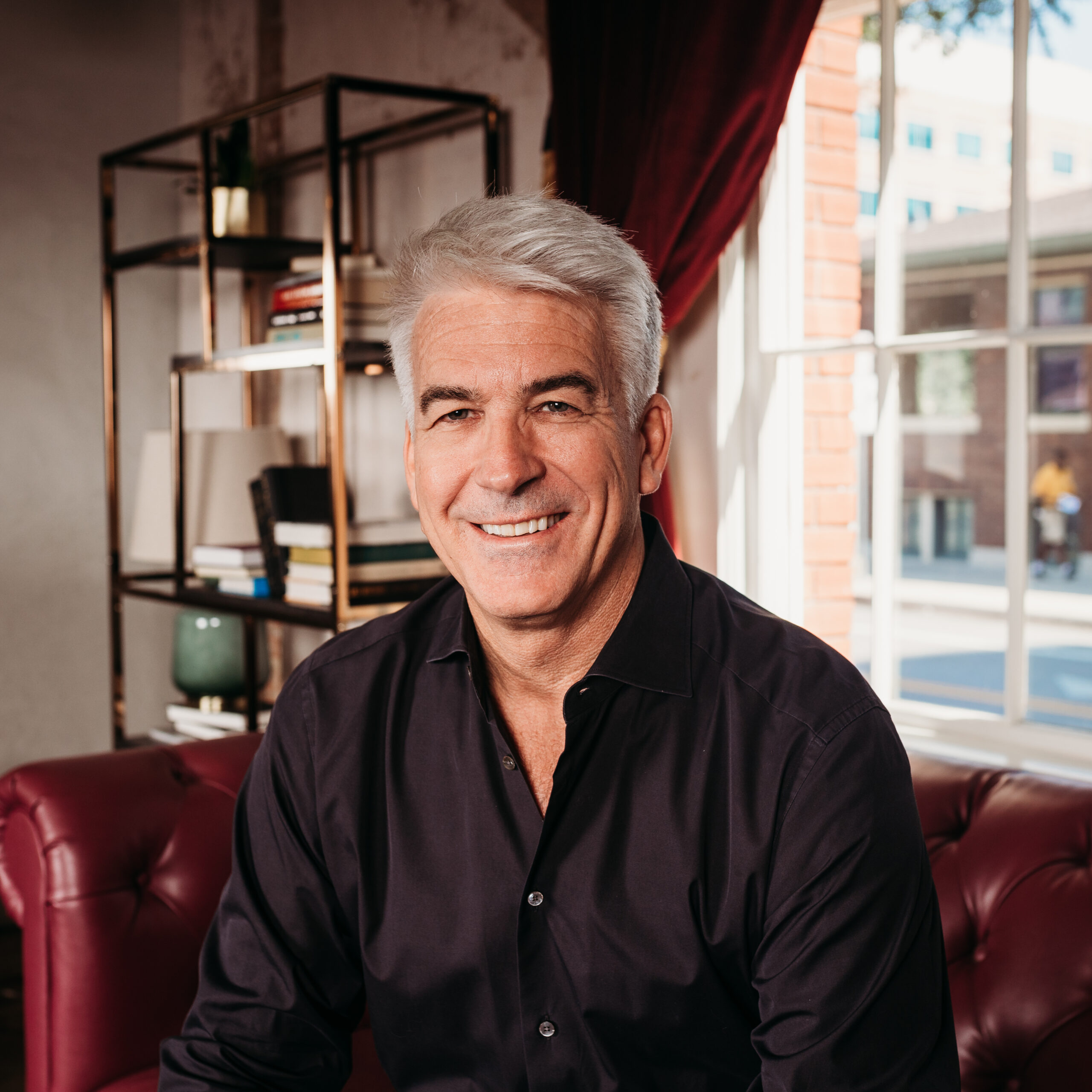As Clubhouse Popularity Grows, Where Do You Stand on Sonic Marketing?

[Header image credit: Canva]
By Brennan Schaenman, Strategist and Leah Grimes, Consumer Strategy Director
There are 1.3 million Google results when you search “Clubhouse App;” however, there are only 7,000 results when you search “Sonic Marketing.” Are you a follower of the latest trend or are you getting ahead with a position on your brand’s Sonic Marketing?
Brands cannot afford to overlook this medium. Consumer behavior dictates a need for Sonic Marketing, and it continues to prove its effectiveness if done right.
Defining Sonic Terms
So, what is Sonic Marketing? Audio Marketing? Sonic Branding? TMA defines Sonic Marketing as the strategic use of anything sound based to promote a business and brand by improving their consumer experience.
A Sonic Brand is the collection of all the relevant sounds and audio cues that accompany a brand. These sounds and audio cues are different pieces of a brand’s Sonic DNA, and when they’re all put together, it makes a Sonic Brand.
The basic aspects of Sonic Marketing that most are probably familiar with are the creation and use of sonic logos – think “ba da ba ba ba, I’m loving it.” The second aspect is product sonification, the practice of incorporating branded sounds into the UX of products, apps, devices, and technologies – think of the Venmo “cha ching” noise or the sound Siri makes when it appears on your phone.
However, Sonic Marketing is more sophisticated than the use of a sound or jingle. It’s the creation and use of an entire audio language for a brand based on its tone, personality, essence, and more. These may seem commonplace, but they are strategically designed to affect one’s mood, influence one’s behavior, and reinforce a connection with the brand.

The Evolution of Sound in Marketing
Sonic Marketing started as the use of jingles (Sonic Logos) that accompanied commercial end cards or the beginning of programs like the “HBO Sonic Logo” or “Xbox Sonic Logo.” It soon evolved to include radio, the first type of electronic mass media. The next major milestone didn’t come until recently, with the creation and adoption of voice technology by consumers and brands. If you would like to read more about how retailers and brands can use voice, click HERE. The most recent advancement in sonic marketing came with the new audio-based social platforms, Clubhouse and TikTok.
Sonic Marketing has evolved into a whole ecosystem of audio enabled media that touches all parts of a brand’s marketing. With sonic-based media scaling to new heights evidenced by consumer behavior, Sonic Marketing has emerged as a viable way to connect.
- It’s estimated that 50% of all searches are being conducted via voice as of 2020.
- 75% of the U.S. population is familiar with the term “podcasting,” up from 70% in 2019.
- Clubhouse grew from 2 million active users to 6 million users in one month (January to February 2021).
But, why do marketers feel that Sonic Marketing is a viable way to connect and why does it resonate amongst consumers?
Why Sonic Marketing Resonates
Fresh Way to Connect: Consumers may be experiencing “doom scroll” fatigue, and audio provides a refreshing way to consume content away from a screen. Plus, the pandemic’s social distancing practices have increased desire for new ways to connect through digital means.
Example: Clubhouse launched at the beginning of COVID-19 lockdown measures and quickly rose in popularity as consumers craved a way to connect and converse with others in isolation.
New Content Space for Micro Communities: Current implementation is still slow among platforms and brands, but consumers are rapidly using this new content space to shape micro-communities with interests ranging from professional to political.
Example: Facebook Groups have risen in popularity, growing from 100 million active users in groups to 400 million active users in groups from 2017 to 2019. Consumers want social media to go back to its root and be about communicating and interacting with others to make connections instead of broadcasting your feelings, thoughts, etc.
Audio Aids Recall: Consumers are more receptive to sonic advertising. Media studies show an increase in audio ad recall by 24% over display and programmatic. Audio has shown success along the path to purchase.
Example: Food delivery app Deliveroo implemented a programmatic dynamic digital audio campaign in London. 40,000 different versions of the ad could be created based on time of day, day of the week, listener location, and music being listened to. The aim was to extend usage beyond the peak times of weekday evenings. The campaign resulted in a +52% uplift in brand recall among millennials and a +49% increase in brand engagement.
That said, where does this leave you and your brand?
Getting Started
Your brand must have a position on Sonic Marketing. It’s is not just for tech and media giants like Apple or HBO, a wide variety of B2B and B2C companies have started to utilize sonic marketing (i.e. MasterCard).
If your brand hasn’t explored the world of Sonic Branding, it may be time to think about launching a Sonic Branding initiative. Here are some tips for getting started.
First, start small and conduct an audit of all the audio floating around your brand and competitors – you might have parts of a Sonic DNA or a sonic asset that you didn’t realize that could be a part of your marketing ecosystem.
Next, establish a goal and message to communicate to ensure you’re effectively utilizing your Sonic DNA and assets.
Once you have your goal determined, creating a Sonic Brand is both a science and art. Time, research, and money will be needed to create your sonic brand similar to creating a visual brand.
Finally, implement your Sonic Brand across the audio enabled media environment – a commercial or social video, in-store, on the customer service line, etc. Don’t think of Sonic Marketing as a tactic, but as a part of the brand experience.
The time is now to get started. If done right, these efforts can make sonic waves for years to come.
If you need help bringing your brand’s Sonic Marketing to life, TMA is here to help.


